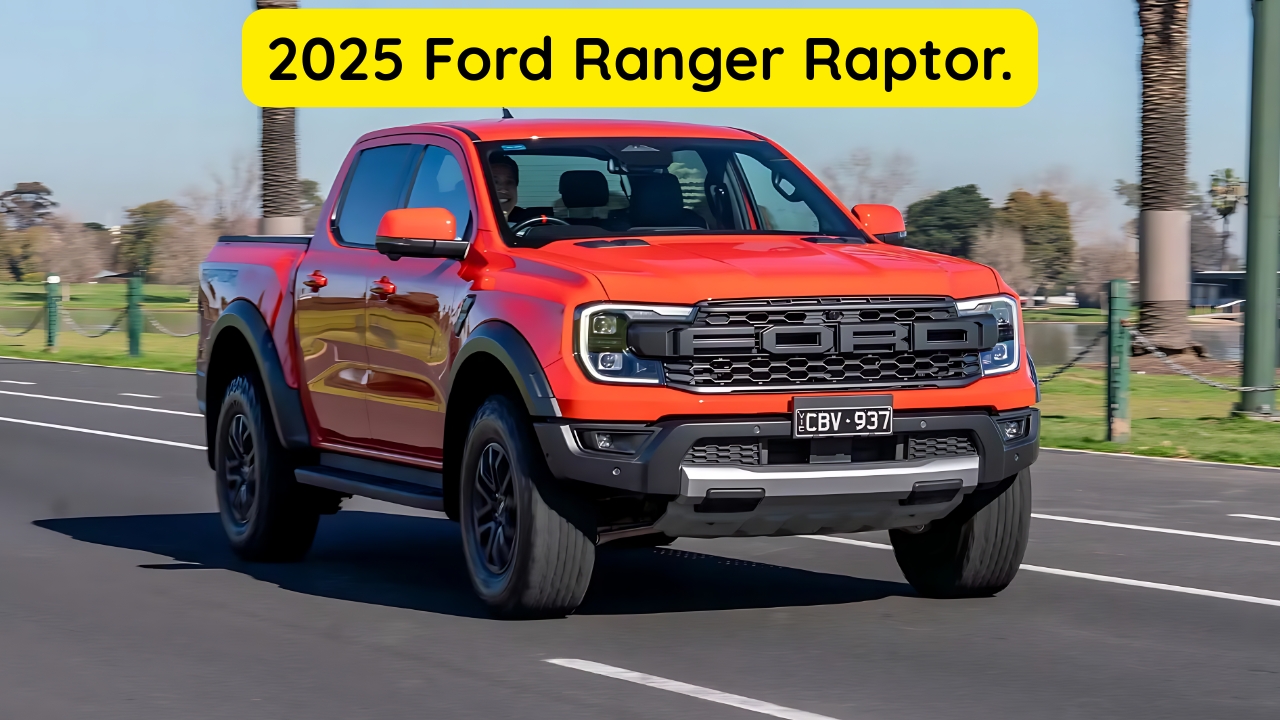The Ford Ranger‘s diesel engine availability across different global markets tells a fascinating story of regulatory compliance, consumer preferences, and strategic business decisions. While headlines suggest dramatic changes, the reality is more nuanced than initial reports indicate.
Current State of Ford Ranger Diesel Engines Worldwide
The Ford Ranger continues to maintain its diesel lineup in Europe, with the new PHEV model joining the existing diesel-powered range, contrary to suggestions of widespread discontinuation. In 2024, the Ranger became the best-selling pickup truck in Europe for 10 consecutive years with 60,400 units sold in the region, indicating strong market performance.
Europe: Diversification Rather Than Discontinuation
European markets present a complex picture where diesel engines remain available but face increasing competition from electrified alternatives. The Ranger PHEV will be produced in Silverton, South Africa, with initial customer deliveries expected from spring 2025, joining the existing diesel-powered Ranger line-up in Europe.
The European Ranger lineup includes:
- 2.0-liter EcoBlue single-turbo diesel
- 2.0-liter EcoBlue bi-turbo diesel
- 3.0-liter V6 turbo-diesel
- New PHEV option (2.3-liter EcoBoost + electric motor)
Australia: The Diesel Stronghold
Australia represents perhaps the most diesel-friendly market for the Ford Ranger. The Ranger is available with multiple diesel engine options including 2.0-liter EcoBlue single-turbo, 2.0-liter EcoBlue bi-turbo, and 3.0-liter V6 turbo-diesel engines.
Australian Engine Specifications
| Engine Type | Power Output | Torque | Transmission |
|---|---|---|---|
| 2.0L Single-Turbo Diesel | 167 hp (125 kW) | 405 Nm | 6-speed Auto |
| 2.0L Bi-Turbo Diesel | 206 hp (154 kW) | 500 Nm | 10-speed Auto |
| 3.0L V6 Turbo-Diesel | 247 hp (184 kW) | 600 Nm | 10-speed Auto |
| 3.0L V6 EcoBoost (Raptor) | 392 hp (292 kW) | 583 Nm | 10-speed Auto |
In March 2025, the PHEV plug-in hybrid model went on sale in Australia, available for the XLT, Sport, Wildtrak and Stormtrak grades, showing the market’s embrace of multiple powertrain options.
Regional Variations and Regulatory Impacts
Power Output Differences
Interestingly, the same engines produce different power outputs across markets. In Australia, Ford’s 2.0-liter biturbo diesel engine produces 250 kW and 500 Nm, while European markets receive 151 kW (205 PS) with the same 500 Nm torque, with the reduced output believed to be due to European emissions rules.
North American Market: Gasoline-Only Territory
The North American market presents a stark contrast, with Ford selling the Ranger with a turbodiesel V-6 in some overseas markets, while the American version comes with a turbocharged 2.3-liter four-cylinder engine as standard. This strategic decision reflects different consumer preferences and regulatory environments.
The PHEV Revolution: Bridging Diesel and Electric
European PHEV Launch
The all-new PHEV powertrain combines Ford’s 2.3-liter EcoBoost petrol engine and 10-speed automatic gearbox with a 75 kW electric motor and an 11.8 kWh battery, resulting in 690 Nm of torque – the highest of any production Ranger ever.
Technical Specifications
The Ranger PHEV offers impressive capabilities:
- Electric Range: Over 45 km (28 miles) EV-only
- Power Output: 279 PS (275 hp)
- Torque: 690 Nm (highest in Ranger lineup)
- Charging Time: Less than 4 hours (single-phase 16 amp)
- Towing Capacity: Up to 3,500 kg
Market Performance and Consumer Reception
European Success Story
Despite electrification trends, the Ranger maintains a 43.6% market share in its European segment with annual sales increases of 4%. This success suggests that rather than abandoning diesel, Ford is strategically expanding options to meet diverse consumer needs.
Manufacturing Strategy
Global production strategy reveals market priorities:
- All UK market Rangers come from South Africa, with the exception of the Thai-built Raptor
- Wayne, Michigan production serves primarily The Americas market
- Pacheco, Argentina facility supports regional demand
Future Outlook and Strategic Implications
Regulatory Compliance
The push toward electrification isn’t eliminating diesel but rather creating a more diverse powertrain landscape. Ford expects the hybrid powertrain to deliver fuel savings compared with Ranger’s higher-displacement V6 diesel engine option.
Market Positioning
Rather than facing extinction, diesel engines in the Ranger lineup are evolving alongside electrified alternatives. The strategy appears focused on:
- Maintaining proven diesel technology where market demand exists
- Introducing PHEV options for emissions-conscious regions
- Regional customization based on local preferences and regulations
Frequently Asked Questions
Q: Are Ford Ranger diesel engines being discontinued in Europe? A: No, Ford continues to offer diesel engines in Europe alongside the new PHEV option, which joins rather than replaces the existing diesel lineup.
Q: What diesel options are available in Australia? A: Australia offers the most comprehensive diesel lineup including 2.0L single-turbo, 2.0L bi-turbo, and 3.0L V6 turbo-diesel engines.
Q: Why doesn’t the US market get diesel Rangers? A: Ford focuses on gasoline engines in North America, offering 2.3L EcoBoost four-cylinder and 2.7L twin-turbo V6 options instead.
Q: What makes the PHEV different from diesel options? A: The PHEV combines a 2.3L gasoline engine with electric motor, offering 45km electric-only range and the highest torque output in the Ranger lineup.
Q: Which market has the most powerful diesel Ranger? A: Australia currently offers the most powerful diesel options, including the 3.0L V6 producing 247 hp and 600 Nm of torque.
The Ford Ranger’s diesel story isn’t one of discontinuation but rather strategic evolution. While electrification introduces new options, diesel engines continue serving markets where they align with consumer preferences and regulatory requirements. The “Down Under” market indeed remains a diesel stronghold, but European markets are expanding choices rather than eliminating proven technology.
ALSO READ: Mazda CX-70 D50e Azami SP: 2025 Luxury Diesel Review

